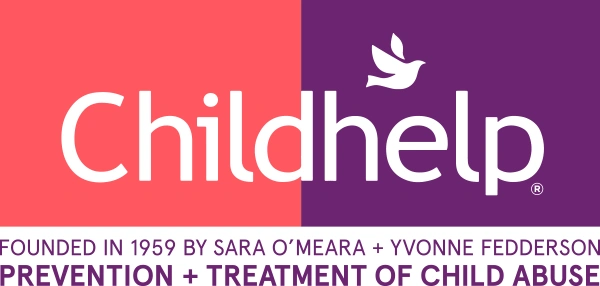Written by Zuzana Urbanek; Program Manager, Curriculum
Feeding two birds with one scone: How child abuse prevention supports suicide prevention
As we focus on suicide prevention, let’s shine a light on the connection between child abuse and suicide. Studies have squarely linked them in several ways. For example, abused kids often suffer low self-worth, harm themselves, and consider committing suicide.
“The U.S. Centers for Disease Control and Prevention link adverse childhood experiences, which include other household dysfunctions along with abuse and neglect, with a range of long-term health impacts, including heart disease, alcoholism, drug abuse, depression, and attempts at suicide. … In one study, 80% of 21-year-olds who reported childhood abuse met the criteria for at least one psychological disorder.” Source: CH SUBS Universal Module 1: Background and Foundation.
Both child abuse and suicide attempts increased during the pandemic.
“During 2020, the proportion of mental health–related emergency department (ED) visits among adolescents aged 12–17 years increased 31% compared with that during 2019. … suspected suicide attempt ED visits were 50.6% higher among girls aged 12–17 …” Source: CDC Morbidity and Mortality Weekly Report (MMWR), 6/18/21,1
Of course, many things affect mental health and state of mind, but this disturbing statistic corresponds to another frightening trend: during the pandemic, the Childhelp National Child Abuse Hotline experienced a significant increase in contacts with some months showing over 40% more engagement than the same time the previous year. Youth were calling and texting to report being isolated with their abusers. Source: Hotline Impact Report, FY 2020.
Yet this connection offers hope. Using effective child abuse prevention education can have the added effect of preventing at least some suicides. It’s critical to pursue this and other solutions because – shockingly – suicide is the second leading cause of death among youth aged 10–18. Source: CDC WISQARS.
How can child abuse prevention education also help prevent suicide?
Prevention of both child abuse and suicide relies on increased awareness, learning coping strategies, and knowing how to build a trusted community of safe adults. Kids need to be taught simple ways to deal with situations and have their needs met.
At its core, preventing child abuse averts its many adverse effects. At Childhelp, we raise awareness about the types and signs of abuse. A preventive approach is to stop abuse before it starts, and one powerful way to do that is to educate all children about how to recognize, resist, and report abusive behavior.
A comprehensive child abuse prevention curriculum teaches not only body safety and abuse resistance strategies, but also helps increase self-worth, critical thinking, and building healthy relationships. Here are just a few examples of such reinforcement, which are abundant in the Childhelp Speak Up Be Safe curriculum.
- In early grades, children are taught how special each one of them is, and that no one should ever hurt them.
- Throughout the primary grades, kids learn they have assertive choices for responding to adverse events – including getting away, ignoring, and talking with a safe adult.
- In high school, students learn strategies for building healthy relationships and recognizing potential abuse in person and online as they become more independent.
How can YOU help?
- Check with your local schools to see if they are teaching child abuse prevention. If they are not or do not have a comprehensive and effective program, they can visit CH SUBS for more information.
- Write to your government representatives at the state and federal levels to urge support of legislation that requires and funds age-appropriate child abuse prevention education.
Sponsor a classroom or a school – many opportunities are available for support at every level.
Childhelp Speak Up Be Safe is a school-based child-abuse prevention education program that focuses on child safety and the prevention of physical, emotional, and sexual abuse, as well as neglect, bullying, cyberbullying, and Internet predators. To learn more, visit CH SUBS.
1 Yard E, Radhakrishnan L, Ballesteros MF, et al. Emergency Department Visits for Suspected Suicide Attempts Among Persons Aged 12–25 Years Before and During the COVID-19 Pandemic — United States, January 2019–May 2021. MMWR Morb Mortal Wkly Rep 2021;70:888–894. DOI: http://dx.doi.org/10.15585/mmwr.mm7024e1.




